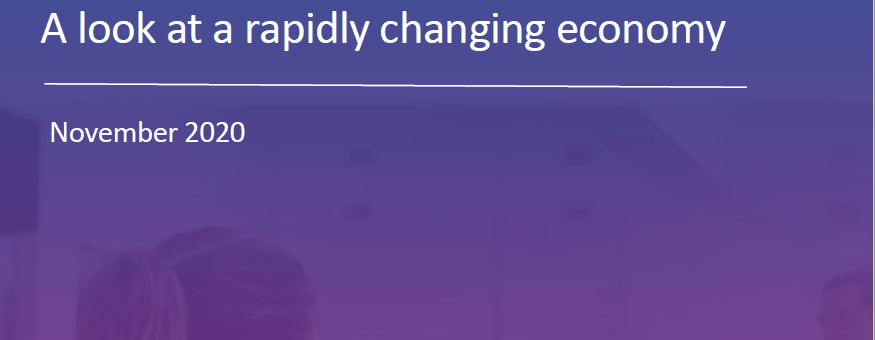Executive Summary
As of 29th October 2020, Covid-19 cases have exceeded 44 million in the world and 20 thousand in Norway and are continuing to increase in the worldwide. The virus has resurged again, and the second wave has started across the Europe as well as in the Nordics.
The pandemic’s economic impact has started to be observed on both macro and micro level. We started to see trends which are indicative of emerging patterns in the credit industry and could be early indicators of what is to come over the next few months. Data shows that certain sectors have a recovery trend. On the other hand, some have a long way in front to recover until a vaccine is found and the pandemic is over. It is hard to be optimistic for 2020 and even 2021.
Since the reopening, economic activity has picked up in large parts of the Norwegian economy. However, the lockdown resulted in large economic losses, and Norwegian GDP is projected to decrease 3.6% overall this year[1]. The economy is now in a moderate recession. As of October, still some domestic industries such as restaurants, cafes, bars and entertainment are subject to restrictions for a period of time. Recovery will be more gradual for these industries in the future. The different relief packages are useful in the current situation. However, we should not forget that payment difficulties and bankruptcies will likely occur for the most vulnerable businesses after the government support vanishes.
All these unfavourable conditions will have an impact on Norwegian financial sector and banking. The deterioration in the asset quality is visible now. Non-Financial Corporates (NFC) portfolios in Norwegian financial sector require special attention and close monitoring. In order to prevent NFC customers from transferring into underperforming or non-performing exposure status, their needs must be identified in the early stages and customized solutions should be offered. Management of the non-performing and forborne exposures as well as robust collection processes in the bank became vital to improve the operational efficiency and the customer experience in these distressed conditions.
Another challenge for the financial sector is that the risk profiles of the customers continue to shift. The current credit risk assessment frameworks of the banks will struggle in estimating the future risks if it is not supported with additional tools and systems. Alternative data sources, early warning systems and robust pre and early collection scorecards are crucial for the banks in order to better manage the financial difficulties of their customers. Reduction of the transitions from stage 1, performing loans, to stage 2 and 3, underperforming or non-performing loans will help banks to control the impairment levels which is already in an increasing trend[2].
Lastly, it would also be challenging for the banks to increase revenues especially for the corporate customers in an environment where the loan demand is decreasing, and the risk profiles of the existing customers are shifting. Smart customer management practices, risk-based pricing, cross-sell and upsell strategies will be crucial to come over these obstacles.
